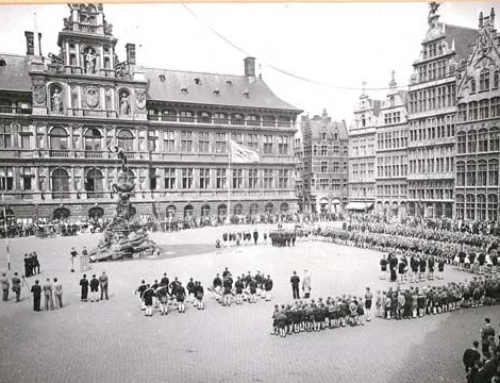The art of diamond polishing has been closely tied to Belgium for centuries. The country’s rich history in the diamond industry can be traced back to the 15th century, when merchants began trading diamonds in the city of Bruges.
Over time, the diamond trade grew and flourished, and Belgium became the center of the world’s diamond industry. The country’s diamond polishing industry was a vital part of this success, and it is a fascinating story that spans centuries.
Belgium’s diamond polishing industry began to take shape in the 16th century, when the city of Antwerp emerged as the hub of the diamond trade. At this time, diamonds were primarily used for their beauty and rarity, rather than their value as a commodity. Diamond cutting and polishing techniques were still in their infancy, and the process was done entirely by hand. It was a time-consuming and labor-intensive process, but the craftsmen of Antwerp were up to the task.
By the 18th century, diamond polishing had become a highly skilled craft in Belgium. The city of Antwerp was home to many master diamond cutters and polishers, who had perfected their techniques over many years. These craftsmen were renowned throughout Europe for their skill and expertise, and they were in high demand from royalty and the wealthy elite. The diamond polishing industry continued to grow throughout the 19th century, as new techniques and technologies were developed to make the process more efficient.
In the early 20th century, Belgium’s diamond polishing industry experienced a significant boost. The discovery of vast diamond deposits in South Africa led to a massive influx of rough diamonds into Antwerp.
This surge in supply created a huge demand for diamond polishing services, and the industry experienced a boom. The diamond polishing industry in Antwerp became a vital part of the city’s economy, and it continued to grow and expand throughout the 20th century.
By the mid-20th century, Antwerp had cemented its position as the diamond capital of the world. The city was home to thousands of diamond dealers, cutters, and polishers, and it was responsible for cutting and polishing the vast majority of the world’s diamonds.
The diamond polishing industry in Antwerp was highly specialized, and the craftsmen who worked in the industry were some of the most skilled and knowledgeable in the world. They were able to cut and polish diamonds to an unmatched level of precision and beauty, and the diamonds they produced were highly sought after by buyers around the world.
However, over the past 30 years, Belgium’s diamond polishing industry has seen a significant decline. This decline can be attributed to a number of factors.
One of the most significant factors is the rise of competition from other countries. As other countries, particularly India and China, have developed their own diamond polishing industries, they have been able to offer their services at a lower cost than Belgian polishers. This has led to a decline in demand for Belgian polishing services, and many diamond dealers have turned to cheaper sources of diamond polishing.
Another factor that has contributed to the decline of Belgium’s diamond polishing industry is the changing nature of the diamond trade. In recent years, there has been a shift towards buying and selling diamonds online, rather than in person. This has led to a decline in demand for high-end diamond polishing services, as many buyers are now looking for lower-priced diamonds that can be sold online. This shift has had a significant impact on the diamond polishing industry in Belgium, as many of the country’s diamond polishers specialize in high-end, bespoke diamond polishing services.
Finally, the decline of Belgium’s diamond polishing industry can also be attributed to changes in the global economy. In recent years, there has been a slowdown in economic growth in many parts of the world, and this has had an impact on the diamond industry as a whole.
As demand for diamonds, and diamond prices, have been more volatile, many diamond polishing businesses in Belgium have struggled to stay afloat. This has led to a decline in the number of diamond polishing businesses in the country, as well as a decline in the number of skilled Belgian diamond polishers.
Despite these challenges, Belgium’s diamond polishing industry remains an important part of the country’s history and culture. The skill and craftsmanship of Belgian diamond polishers are still highly respected around the world, and the country’s diamond industry continues to play a significant role in the global diamond trade.
As new technologies and techniques are developed, and as the global economy recovers, Belgium’s diamond polishing industry may once again regain its position as a world leader in the diamond trade.







